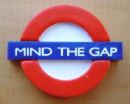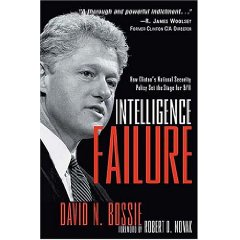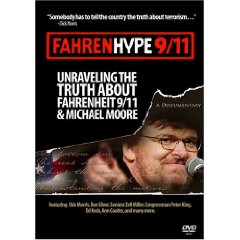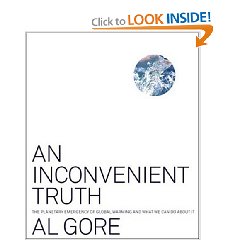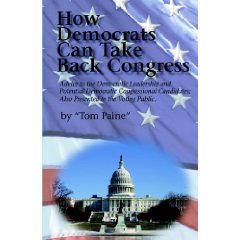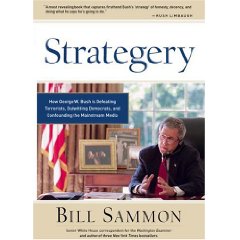
Primer on Liberal Internationalism, Nothing More,
The author is clearly lacking in military experience or understanding, in strategic understanding, in contextual understanding such as can be found in books such as Derek Leebaert's The Fifty-Year Wound: How America's Cold War Victory Has Shaped Our World; Chalmers Johnson's The Sorrows of Empire: Militarism, Secrecy, and the End of the Republic (The American Empire Project); Jonathan Schell's The Unconquerable World: Power, Nonviolence, and the Will of the People; or any of the hundreds of non-fiction books I have reviewed here at Amazon pertinent to devising and executing holistic national security and national competitiveness strategies.
Among other things, he naively assumes that most national security decisions have actually been intended to serve the public interest; he does not calculate in full measure the costs of unnecessary wars or unnecessarily oppressive wars; and he accepts at face value–for lack of broader reading–the conventional wisdom on why America entered specific wars. The author is, for example, sharply at odds with Gore Vidal, author of Perpetual War for Perpetual Peace among many other works, and Vidal's documentation of the many undeclared wars that America has undertaken in the pursuit of empire. General Smedley Butler, USMC (Ret) agrees that War Is a Racket: The Anti-War Classic by America's Most Decorated General, Two Other Anti=Interventionist Tracts, and Photographs from the Horror of It. For a really comprehensive understanding of the varied reasons Why We Fight see the DVD by that name, and first read the many many reviews of its content and meaning.
Among many subtle but telling errors, the author confuses the cost, size, and weight of the U.S. military with strength. The reality is that today we have a hollow military, and our heavy-metal military is relevant to only ten percent of the high-level threats to our security, and completely irrelevant to our more profound vulnerabilities with respect to national competitiveness and sustainability.
He makes a pass at including trade with security, and cites one book by my fellow moderate Republican, Clyde Prestowitz Three Billion New Capitalists: The Great Shift of Wealth And Power to the East but neglects the more important work, Rogue Nation: American Unilateralism and the Failure of Good Intentions. This book (“The American Way of Strategy”) is a review of history desperate to find good intentions and leverage them for the future, but so lacking in coherent detail about the substance of reality and strategy as to fail to be truly useful–and it is most certainly not even close actual reality, at least at the strategic level.
There are some gems and I certainly recommend the book for purchase and reading, but on balance I put it down as too replete with idealistic platitudes.
The four jacket blurbs (Nye, Hart, Kupchan, and Walt) would certainly carry weight with me if I were buying the book in a bookstore, but after actually reading it, I find that each praises the book for the one or two sentences that stand out (e.g. nurture democracy by example, not force). These are platitudes. Saying that we consistently fight for “the American way of life” is about as moronic as young Bush's saying that billions around the world hate us for our ideals and our morality and our “way of life.” Get real. This may be used to mobilize our youth and it may be why THEY fight, but it most certainly is NOT why our political and financial elites PICK fights.
Grand strategy, which Colin Gray discusses so ably in Modern Strategy requires a realistic appraisal of both domestic and foreign factors; it requires a balanced and transpartisan establishment of a national agenda, national goals, ways and means, and an explicit identification of desired outcomes. Its implementation requires a coherent inter-agency policy that is heard by both the public and the White House; endorsed by an activist Congress with the power of both the purse and the law, and executed by inter-agency leaders skilled at dealing with coalition leaders and at keeping the public informed, educated, and engaged.
This book is, in short, an appetizer, not the main course. The main course would require a full appraisal of the ten high-level threats identified by the High-Level Threat Panel of the United Nations (LtGen Dr. Brent Scowcroft as the US member); a coherent and reality-based budget plan for the next ten years across the twelve policies; and a deeply insightful understanding of the eight challengers (Brazil, China, India, Indonesia, India, Russia, Venezuela, Wild Cards) such that our national security & competitiveness policies, budgets, and behaviors can both protect America in isolation, and also help those challengers avoid our grotesque mistakes that today consume one third of the world's energy and create one third of the world's waste. That level of strategic thinking is not to be found in this book.
I would endorse this book as a starting point, but urge the interested reader to consider using my lists (which Amazon does allow us to organize) and my reviews (which sadly can only be viewed chronologically) as a map to the thoughts of others. The next President does not need and will not benefit from a single advisor full of platitudes–the next President not only needs a robust team light on egos and armed with global rolodexes, but they need a team that can brief tradeoff decisions among the <ten threats, twelve policies, and eight challengers>.
The American way of strategy is yet to be defined at the strategic level (at the operational level it has tended to be about mass, at the tactical level hey diddle diddle up the middle). When it is defined, at a proper strategic plane, it will combine access to all information in all languages all the time; serious games for change that can project alternative scenarios based on real-budgets in relation to one another; and coherent inter-agency and coalition campaign plans that wage peace rather than war, with war being the exception. Intelligence & Information Operations (I2O) will be the foundation for that strategy, which will have three objectives:
1) The restoration of the middle class and unionized blue-collar labor;
2) The revitalization of civic duty, infrastructure, and English; and
3) The provision of free universal access to education in all languages, as the fastest means to elevate and harness both our own working poor (see the book by that title), and to elevate and energize the five billion poor at the bottom of the pyramid–each of whom we could have given a free cell phone to, for the cost of the Iraq war to date.
The war metaphor DOES NOT WORK. We must wage peace, coherently, affordably, morally, and constantly.
On creating stabilizing wealth:
The Fortune at the Bottom of the Pyramid: Eradicating Poverty Through Profits (Wharton School Publishing Paperbacks)
Revolutionary Wealth: How it will be created and how it will change our lives
The Wealth of Networks: How Social Production Transforms Markets and Freedom
The Wealth of Knowledge: Intellectual Capital and the Twenty-first Century Organization

